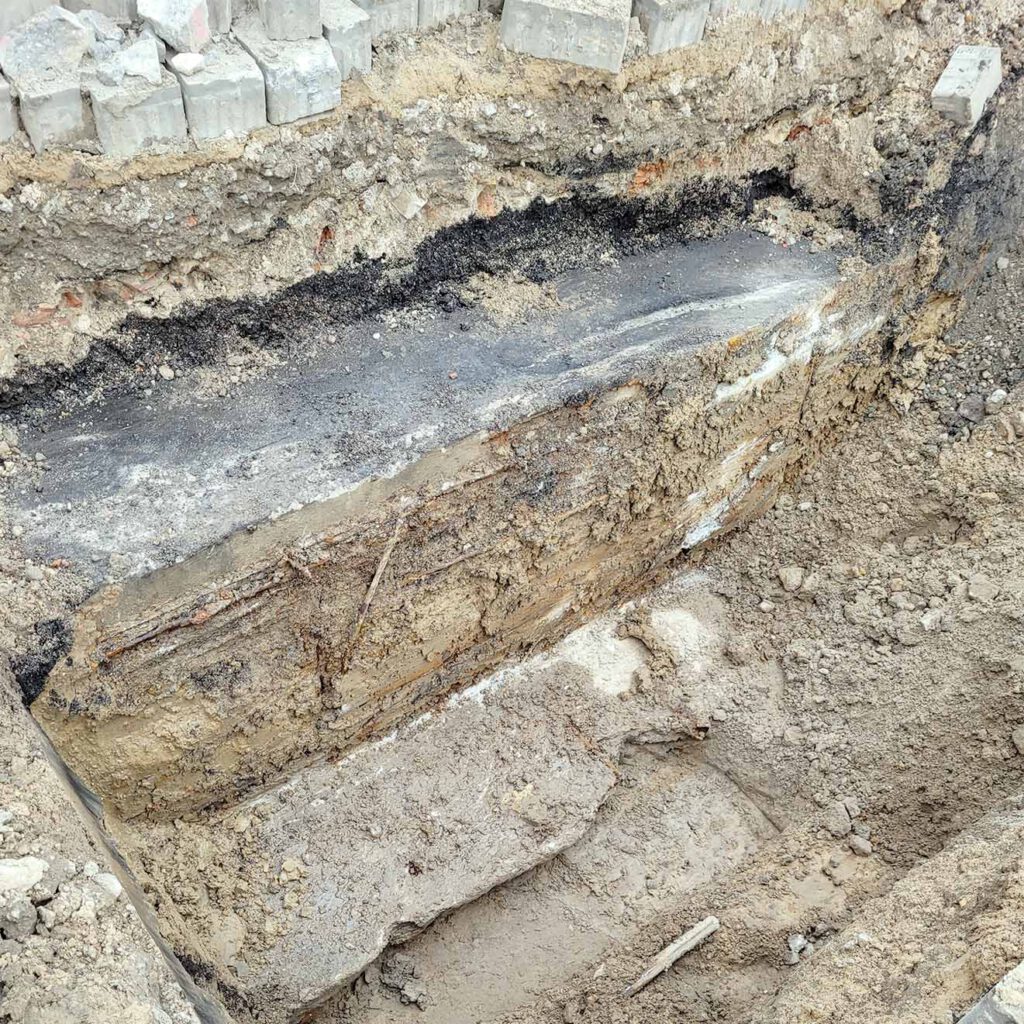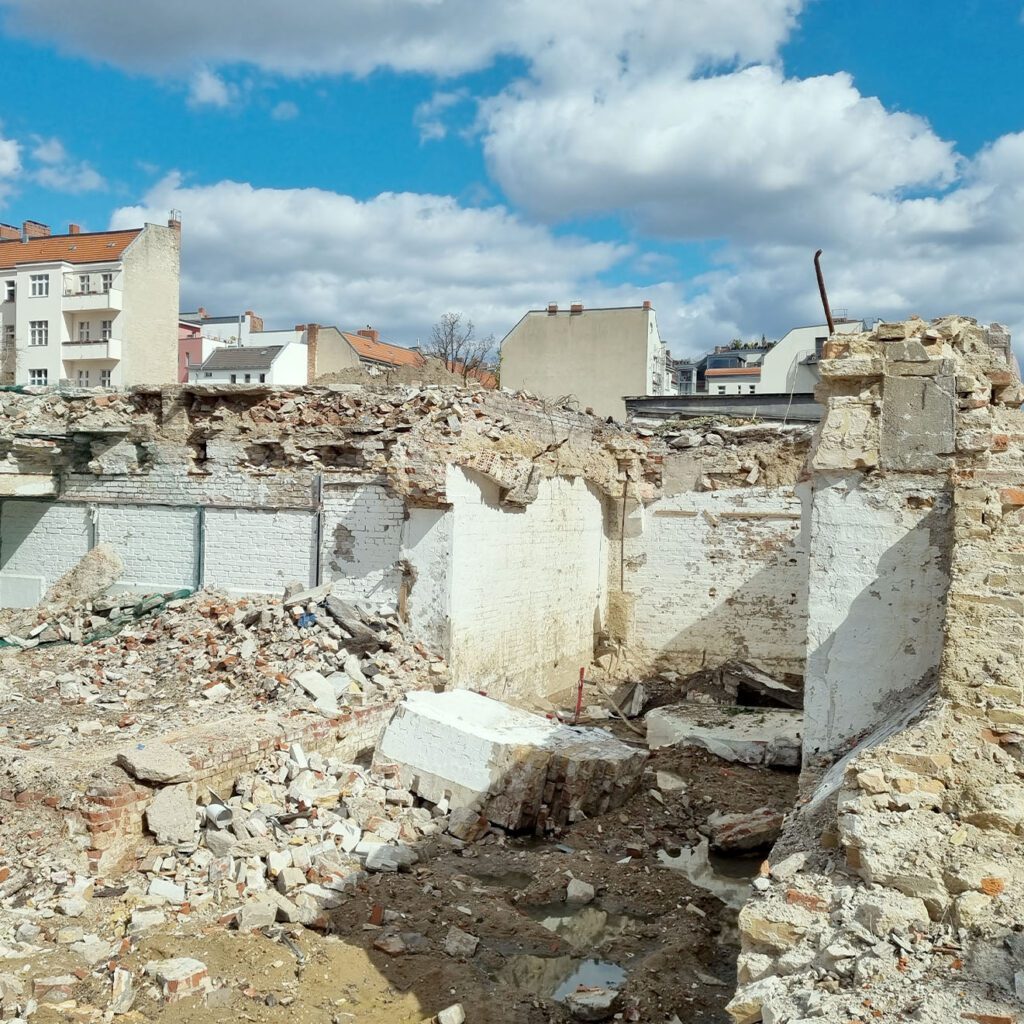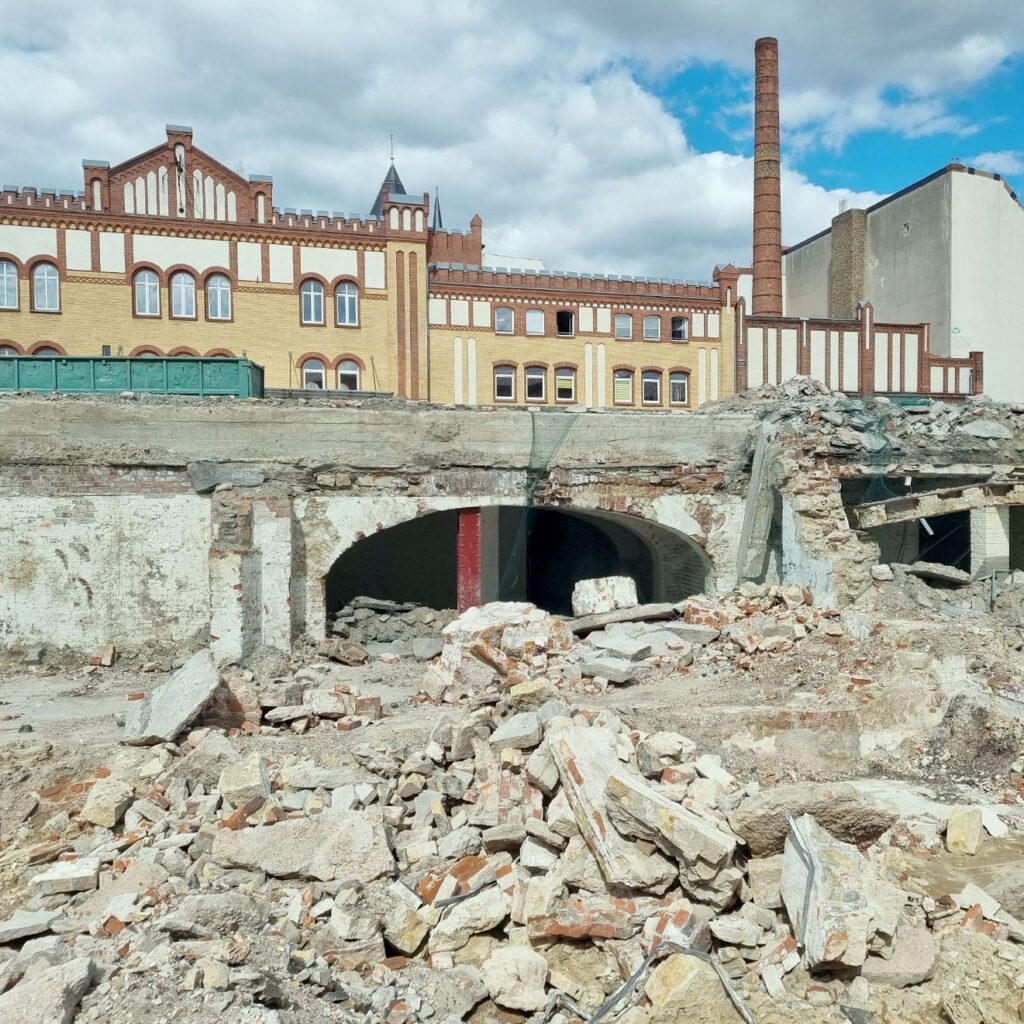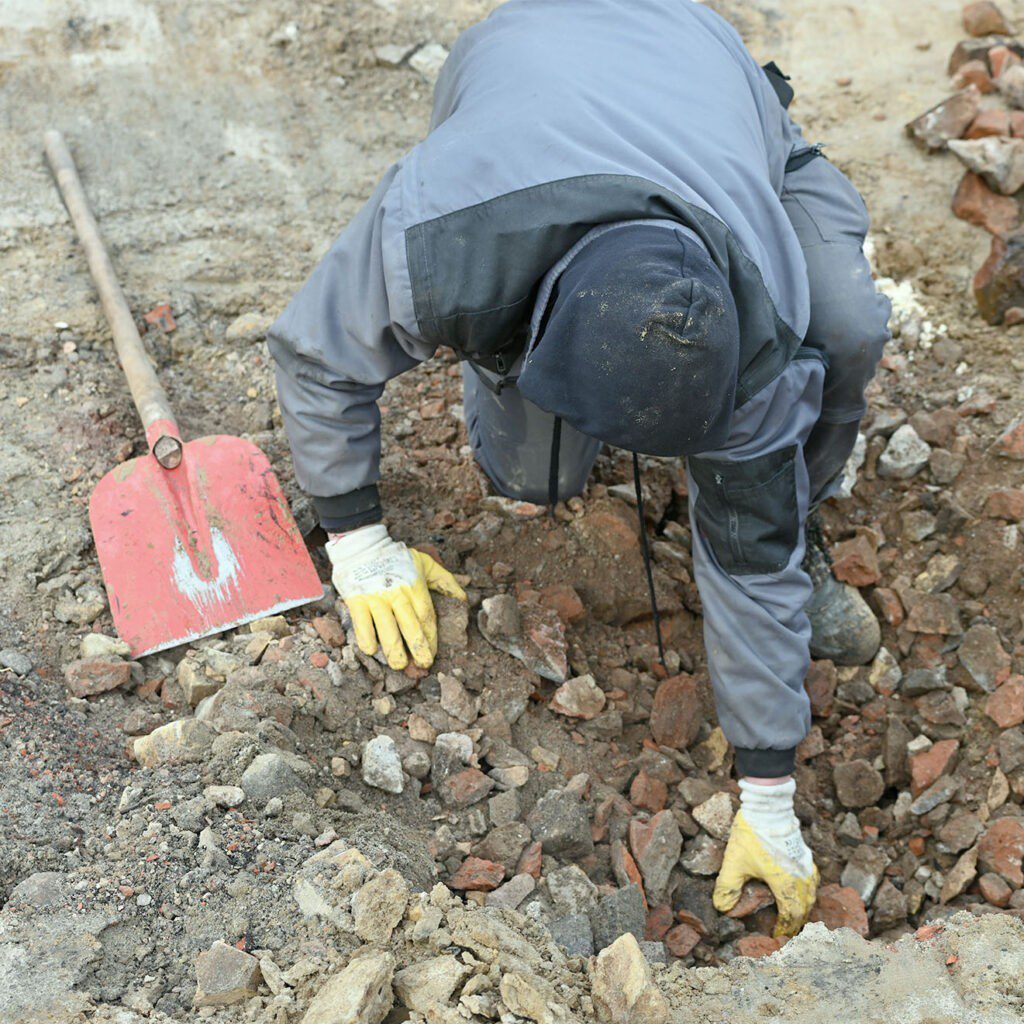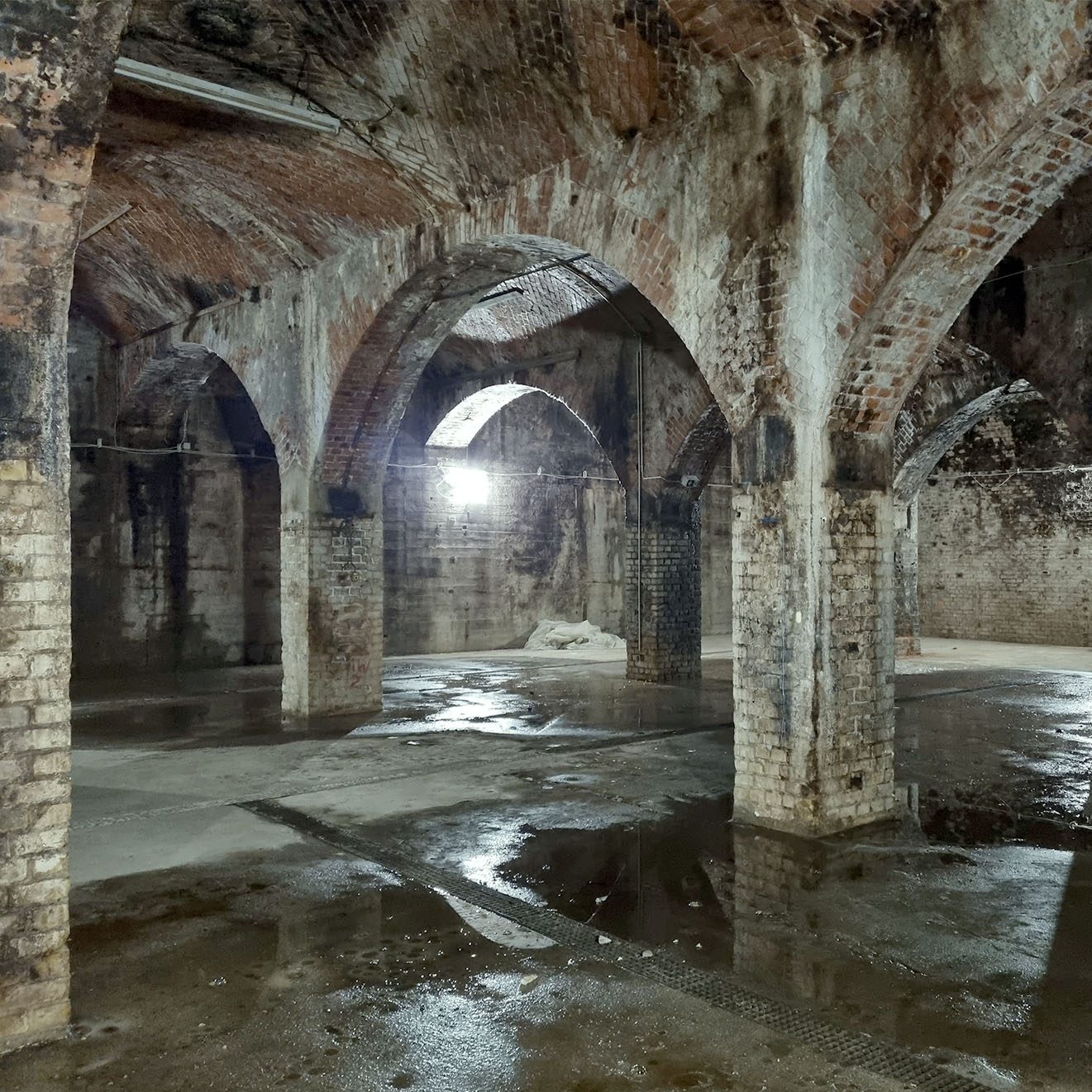
Cellar vault Fidicinstraße
Historical documentation of a listed building
Berlin
2021 - 2025
LP 1 - 9
Historical documentation of a listed building
The Bauwert Group is planning a new urban quarter above the listed vaulted cellars of the former Bockbier brewery at Fidicinstrasse 3. Parts of the cellars, which were converted for armaments production during the Second World War, are to be built over or demolished. Due to their historical value, D:4 is preparing comprehensive documentation of the building's history, with a particular focus on the Nazi era.
Historical development of the plant
The development of the approximately 13,000 m² site in Berlin-Kreuzberg dates back to the first half of the 19th century. Georg Leonard Hopf acquired the property in 1838 and built a brewery with fermenting cellars. After a fire in 1842, only the cellar vaults remained, which are the oldest part of the complex.
Between 1860 and 1905, numerous extensions were built due to increasing production capacities. These included the prestigious Schwankhaus from 1905, which still exists today. Beer was produced and served here until 1920, after which the site was used for other businesses and as a storage facility.

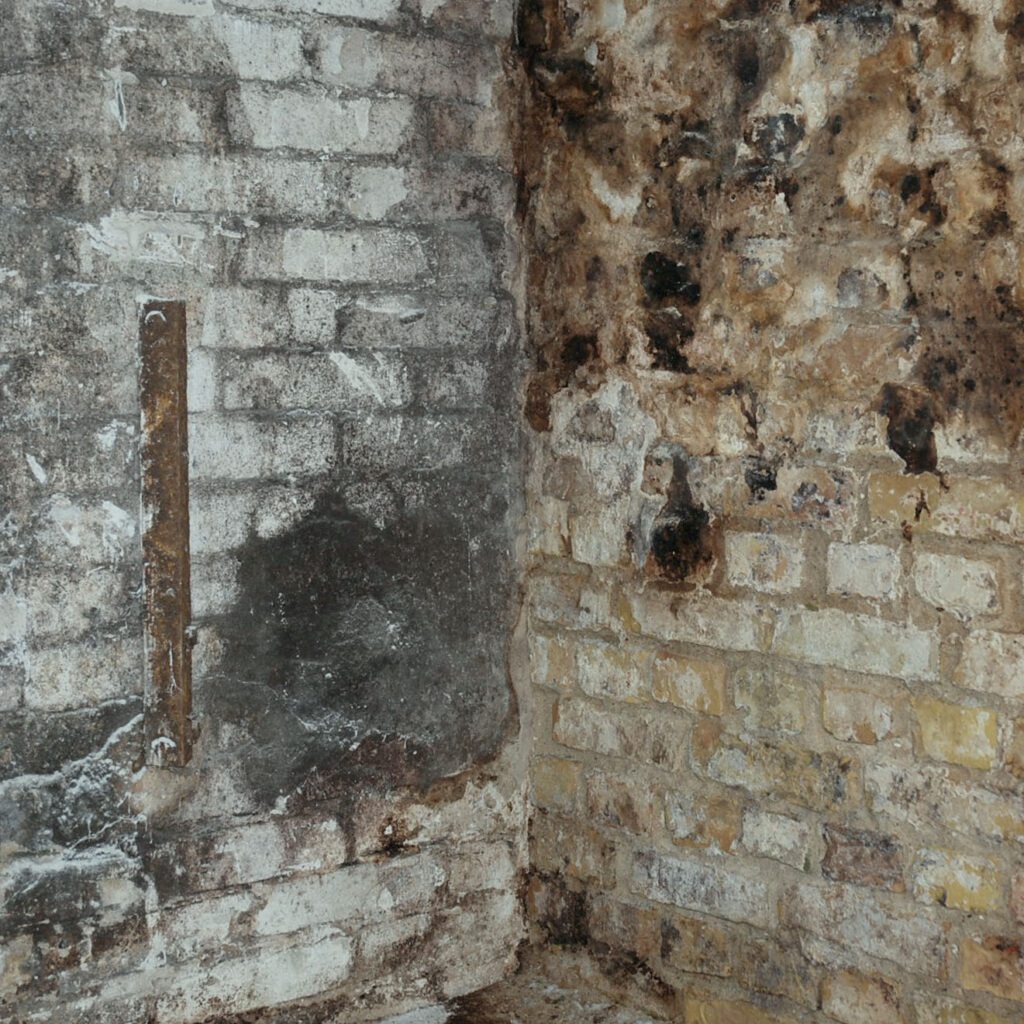
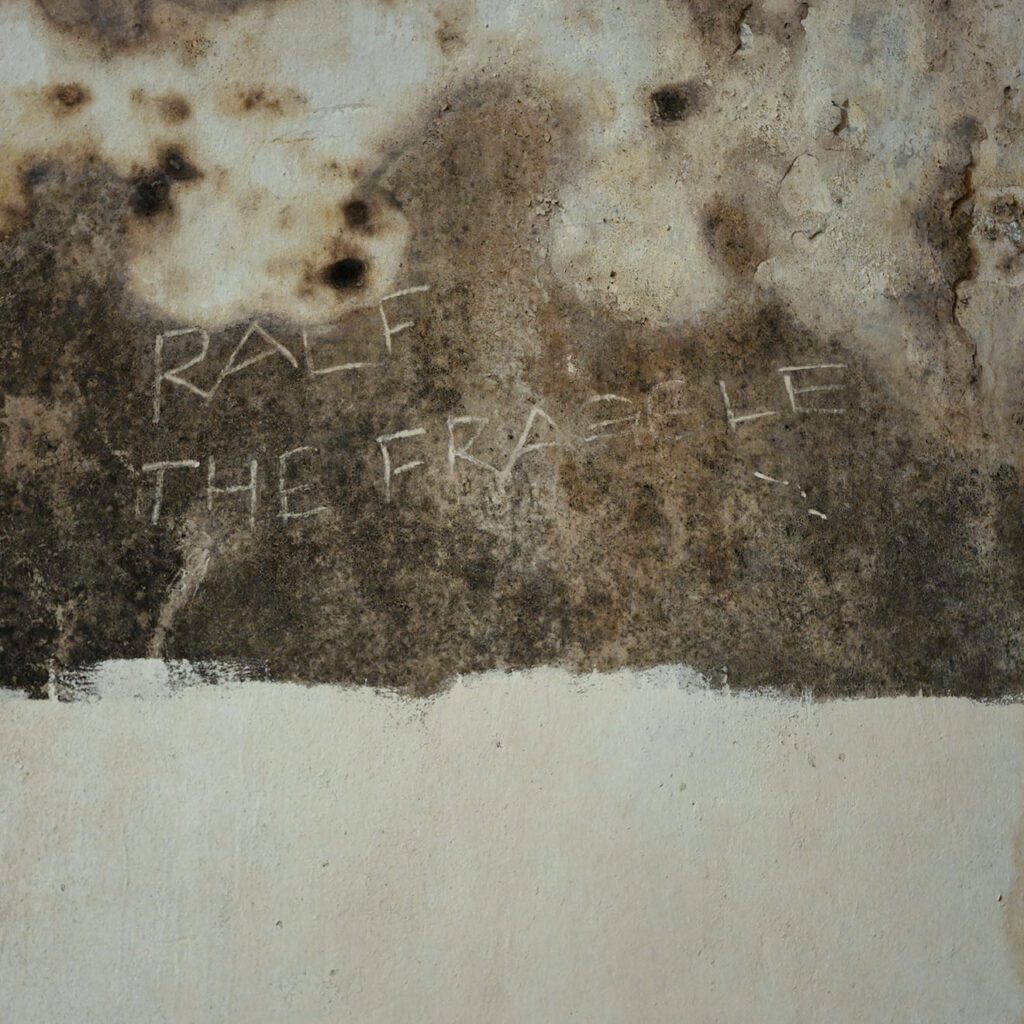
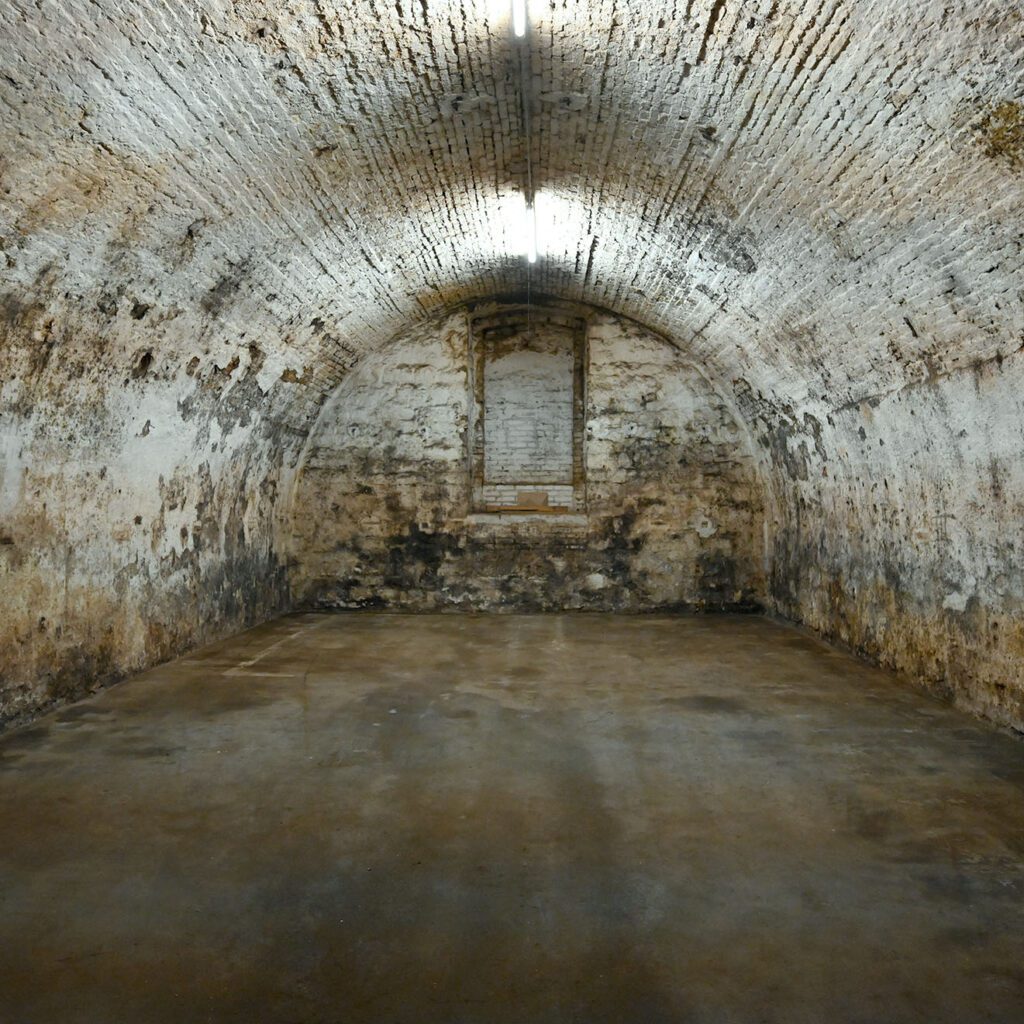

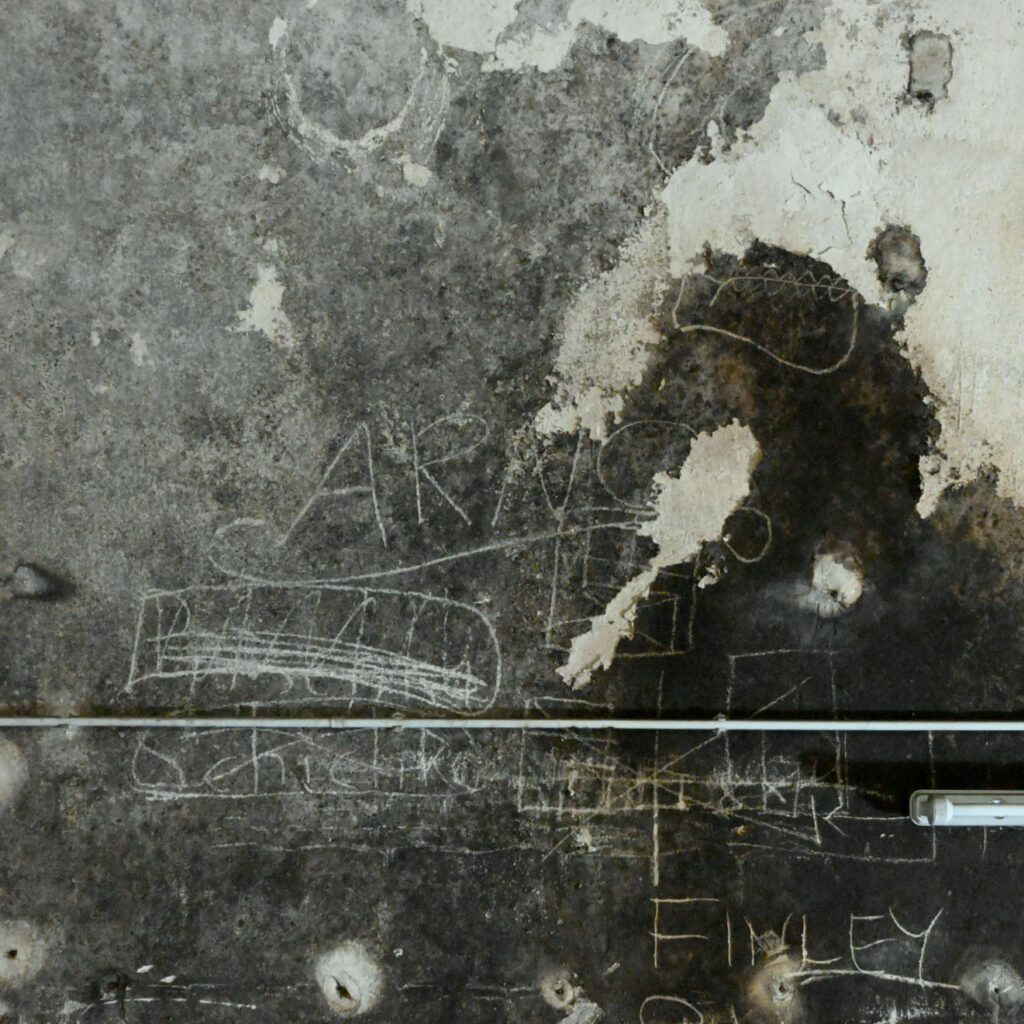
Use during the Second World War
From 1944, the cellars were converted into an underground armaments factory for electric tubes by the AEG subsidiary Telefunken, under the code names "Lore II" and "Werkstatt Schmidt". Parts of the cellars were given a thick layer of concrete to protect them from bombing raids, which is still preserved today and is a reminder of their Nazi use.
Aim of the documentation
Since 2021, D:4 has been compiling comprehensive as-built documentation in consultation with the heritage authorities. This includes researching literature and historical material, a deformation-compliant survey, photo documentation, component mapping and a 3D model. D:4 also supervises the demolition work and prepares measures to safeguard the historical substance.
